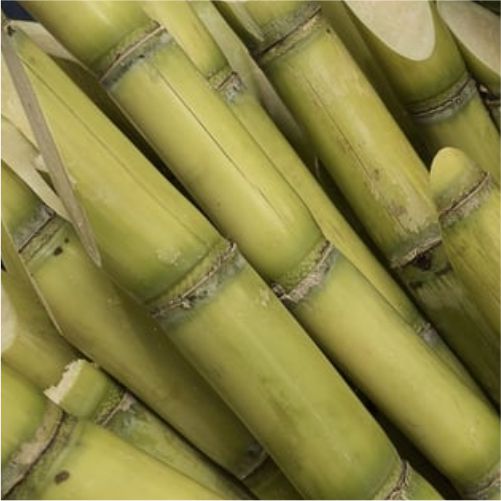Amidst an ongoing deficit rainfall in Maharashtra from last 15 days, the state’s sugarcane production is anticipated to decline in upcoming season. Although Mumbai and the Konkan region have experienced substantial rainfall, Maharashtra’s sugarcane belt, excluding Kolhapur, is still awaiting significant showers. Major affected regions are like Nagar, Satara, Sangli, and Solapur.
There are concerns that the direct impact of the deficit rainfall could affect sugarcane production in the state. Kolhapur has seen good rainfall, which provides hope for a decent sugarcane yield this year. According to the industry expert, however, the coming season might witness a decline of 15-20 per cent in sugarcane production, particularly if adequate rainfall is not received in the remaining regions. The scarcity of sugarcane could pose challenges in operating mills at full capacity.
The regions of Yavatmal, Jalgaon, Nagar, Sangli, and Satara have also been adversely affected by water scarcity. The substantial shortage of rainfall in Solapur, Sangli, and Satara has impacted to the Kharif crops.
The month of August is about to end, but many talukas including Mangalvedha in western Maharashtra are yet to receive sufficient rains. The sugarcane crop has dried up due to lack of water. The animals are facing the problem of fodder, and therefore most of the cattle rearers are using sugarcane as fodder for their animals. In Solapur district, hundreds of vehicles are seen daily transporting sugarcane for fodder from the riverside area. At present, farmers have to pay Rs 4000 to 4500 per ton for fodder of sugarcane. Given the increasing use of sugarcane for cattle feed, sugar mills may face shortage of sugarcane in the upcoming crushing season.
Sugar industry expert P.G. Medhe while talking to ChiniMandi has predicted a 15-20 per cent decline in sugarcane production due to reduced rainfall in the state this year. He mentioned that most sugarcane-producing districts of the state have seen lower rainfall compared to the previous year. He also estimated that, deficient rains would have a direct impact on sugarcane production and around 1000 lakh tonnes of sugarcane would be available in the state in the coming crushing season. With a collective daily crushing capacity of around 9 lakh tonnes, all mills in the state could potentially run for only 100 to 120 days.
Medhe stated that the shortage of sugarcane could lead to losses for mills, resulting in a reduction in sugar production. He also emphasized that reduced production might lead to higher sugar prices in the market.
As per the Indian Sugar Mills Association (ISMA), sugar production in the country is projected to decline by 3.41% to 316.80 lakh tonnes during the new sugar season starting from October 2023. This decline is attributed to increased diversion of sugar towards ethanol production. The estimate for the 2022-23 season is around 328 lakh tonnes of sugar production. ISMA also indicated that around 45 lakh tonnes of sugar are expected to be diverted towards ethanol production during the 2023-24 season, compared to an estimated 41 lakh tonnes in the 2022-23 season.












